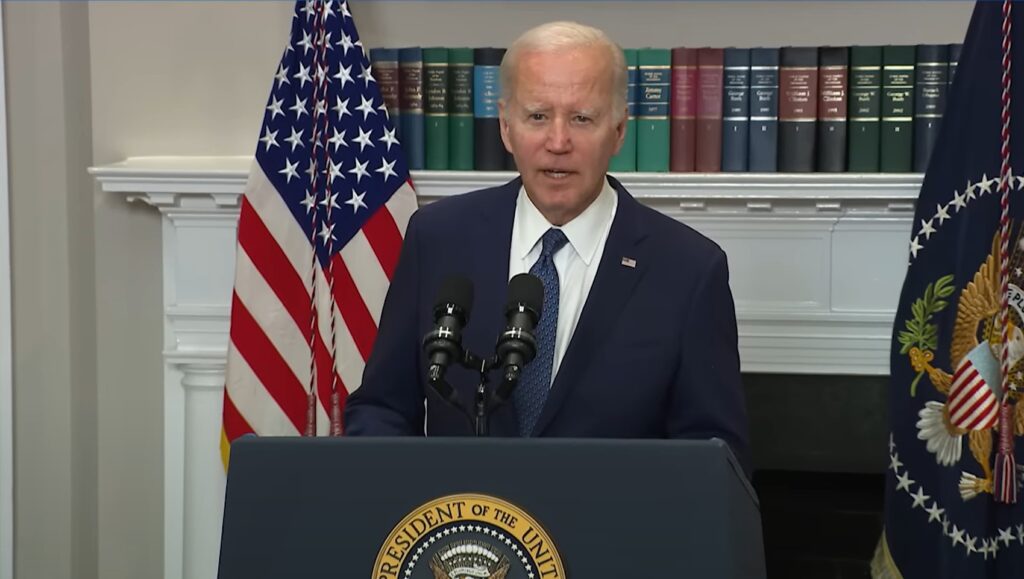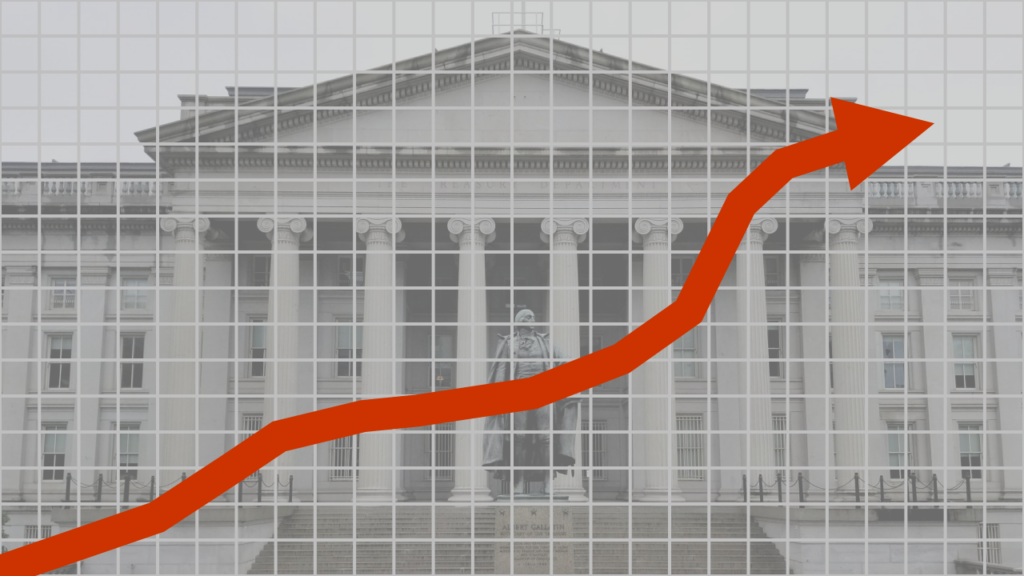- News
Tracking the Debt Deal
Here’s what we know on the Biden/McCarthy deal to suspend the debt ceiling for two years.

SLGS Window Reopens
On Monday, June 5, the U.S. Department of Treasury announced it would resume sales of state and local government series (SLGS) securities effective June 5, 2023, at 12 Noon ET.
On Saturday, May 27, the White House announced a tentative deal to suspend the federal borrowing limit and reduce federal spending for two years. Legislative text followed shortly thereafter on that Sunday. The proposal would suspend the debt ceiling until January 1, 2025— making it one of the first priorities for the 119th Congress.
Treasury Secretary Yellen had identified June 5, 2023, as the date by which Congress must act to address the debt ceiling in order to avoid potential market risks. Negotiators and proponents of the deal rushed to ensure its swift passage. The House and Senate passed the bill onto the President’s desk by the evening of Thursday, June 1.
Official Title
An act to provide for a responsible increase to the debt ceiling.
Short Title
“The Fiscal Responsibility Act”
What’s Included
- Kicking the Can Down the Road: The proposal suspends the debt ceiling until January 1, 2025, rather than raising it by a specific number. Going this route provides greater certainty on the timeline for the next debt limit debate, which would be shortly after the 2024 elections.
- Capping Discretionary Spending: Discretionary spending is capped to 1 percent growth for the next two budget cycles and pegged to the topline numbers in the table below. It would also include less restrictive caps for subsequent years.
| Defense | Non-Defense | Total | |
|---|---|---|---|
| FY 2024 | $886.349 B | $703.651 B | $1.590 T |
| FY 2025 | $895.212 B | $710.688 B | $1.606 T |
- CR Penalty: Section 102 of the proposal triggers an automatic 1 percent cut to federal discretionary spending levels in FY 2024 and 2025 if full appropriations are not passed by January 1 of their respective years. This provision is intended to avoid delays to the normal federal appropriations process and disincentive reliance on a long-term continuing resolution (CR).
- Rescission of Certain Unspent COVID-19 Aid: Approximately $28 billion in unspent funding from various COVID-19 stimulus packages will be rescinded.
- Cut to IRS Budget: $1.4 billion in additional funding provided for the Internal Revenue Service (IRS) by the Inflation Reduction Act (IRA) will be rescinded.
- Various Other Provisions: The proposal includes a host of other policy changes including the termination of the pandemic-related federal student loan payment pause, reforms to work requirements for various entitlement programs, and federal permitting reform.
Topline for Bond Lawyers
Addressing the federal debt limit in a timely manner is critical to the health of financial markets, including the municipal market. The included budget caps are likely the biggest focus for market participants. While the topline budget numbers represent slight increases in nominal terms, the growth caps will likely mean cuts in real dollars for federal programs when accounting for higher than normal rates of inflation. The caps do not target mandatory spending, such as the tax-advantages afforded to qualified municipal bonds, but they may put downward pressure on future federal grant opportunities available to municipal issuers and borrowers.
Latest Updates
- June 5, 2023: The U.S. Department of Treasury announced it would resume sales of state and local government series (SLGS) securities effective at 12 Noon ET.
- June 1, 2023: The U.S. Senate passes the deal in a 63-36 vote and the measure goes onto President Biden for his signature into law.
- May 31, 2023: The U.S. House of Representatives pass the measure 314-117 with strong bipartisan support late in the evening. The bill now heads to the U.S. Senate where it is expected to pass but may face drawn out discussions and amendment process.
- May 28, 2023: Legislative text for the deal between President Biden and Speaker McCarthy is released.
- May 27, 2023: The White House announces that a deal has been reached to suspend the debt ceiling for 2 years in exchange for certain offsets and policy priorities listed above.
- May 26, 2023: Treasury Secretary Yellen releases updates estimate for the x-date of June 5, 2023.
- May 1, 2023: The U.S. Department of Treasury and Bureau of Fiscal Services (BSF) announce that new issues of State and Local Government Series (SLGS) securities will suspend on May 2, 2023.
- January 13, 2023: Treasury Secretary Yellen announces the U.S. federal government had nearly reached its statutorily defined debt limit and would begin implementing extraordinary measures on January 19, 2023.
